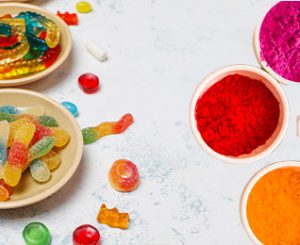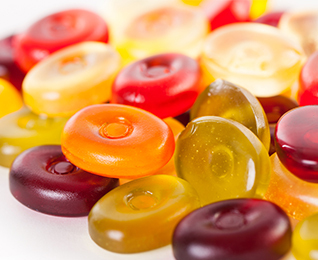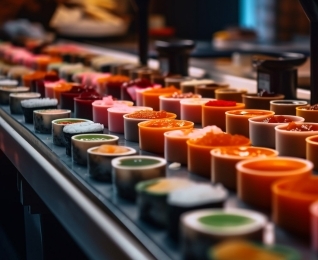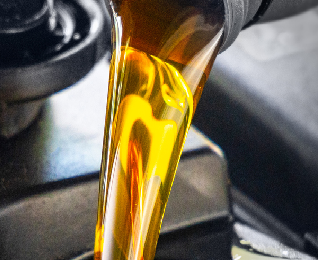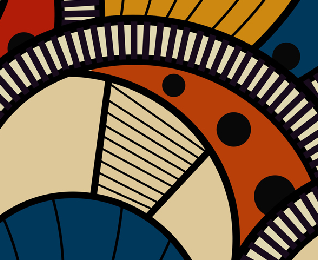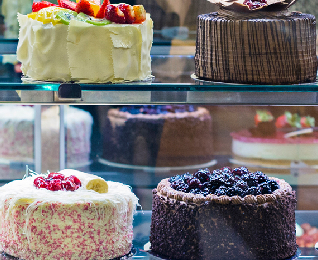Presentation is the key in the food industry...

The Chemistry of Attractive Food Colours
All About Food Colours
Pink defines strawberry, yellow yells lemon, red says apple or cherry, orange defines orange and the list of colours defining the fruits continues. Our eyes decipher the fruit or flavor by looking at the colour and these beautiful dynamics have been set naturally since time immemorial. A group of 8 to 10 colours has been introduced to humans by the nature. Ignited chemical reactions have given us infinite other colours and each colour has its own set of shades from light to dark.
Types of colours are differentiated depending on their solubility, texture, and applications- food colours, cloth colours, cosmetic colours, paper colours, street colours, etc. The basic understanding between Natural colours and Artificial colours is a vital point. Food colours are one of the most important types used in the cooking industry for commercial and domestic purposes.Spilling the colourful beans of food colours lets us dig deep into the types of food colours and their applications. Based on there are 2 types of colours- Natural types of colours- Dyes, Lakes, and Pigments. Natural colours are derived from plant sources such as beet, turmeric, carrot, spinach, saffron, etc. Artificial colours are the result of chemical reactions, additives added to the natural colour, and other mixtures.
A few known artificial colours are allura red, quinoline yellow, brilliant blue, and indigo carmine. Based on the solubility factor there are 3 types of colours- Dyes, Lakes & Pigments.
Saujanya Exports provides a plethora of food colours, rich in quality at your required quantity without any compromise in colour texture and services. Let us sneak into the applications of natural colours and synthetic colours:
Applications of Artificial Food Colours
Natural food colours are generally derived from flowers, fruits, vegetables, minerals, etc. These natural colours are a part of organic food which absolutely harmless. With natural colours in use, no adverse effects occur in the food or through food. Natural food
colours are applied the following food recipes:
- Natural food colours like Anthocyanins are used in the making of juices, jelly-like thick jams, fancy flavored yogurts, etc. Since they are red in colour, they are derived from grapes, erries, raspberries, red wine, flowers, etc.
- Carotenoids are red in colour derived from beet, tomato, watermelon, guava, wine, hibiscus flower, and carrot and used in the making of juices, ice reams, syrups, and sausages.
- Alcohols have a popular natural colour added to it which is one of the most subtle colours in the shades of white- the Carminic acid. It is used in beverages, bakery products, confectionaries, dairy products, meat, and sausages.
Carotenoid, one of the most popping tangy flavors with orange-yellow colour, is used to make ice-cream candies, pancakes,
jams, bakery products, seasonings, soups, and frostings cereals, desserts, and pastries.
- Purple-coloured Anthocyanin is a natural colour derived from eggplant, purple sweet carrot, and purple sweet potato. It is applied
in the making of desserts, jelly, beverages and toothpaste.
Artificial colours are the result of chemical reactions between colours and additives. They are the human desired colours formed with just a few drops of colour additives. Artificial food colours rapidly replaced natural colours as they are cost-effective, can form desired colours,are highly accessible, and are more stable in colours. These colours carry low pH, higher stability higher colour intensity, improved appearance and balanced uniformity. There are 3 types of artificial food colours- Primary food colours, Blended food colours, and Lake food colours.
- Primary food colours- They are water-soluble and contain a high utilitarian value and showcase colouring powder when dissolved.
They are vastly used in dyes, cosmetics, pharmaceutical companies for medicines, and other industries. Quinoline yellow is a
mixture of green and yellow which is used in beverages, bakery products, icing, and confectionaries. - Carmoisine, the water-soluble synthetic colour is used for mocktails, dessert preparation, bakery products, ice cream and sweet meant. The colour appears from rose red to dark maroon, and it is used in multiple food items. As the number of drops increases, the shade gets darker and the taste turns velvety.
- Tartrazine- The yellow-coloured synthetic food colour is one of our best serves at Saujanya Exports. Precise manufacturing, testing,
and analysis of the texture, pH level, and uniformity take place after which it is traded further. This lemon colour is more used in the
making of pineapple, lemon, and guava-based desserts frosting, ice creams, bakery products, tangy mocktails, etc.
- Blended colours- It is the end product of the mixture of primary and secondary colours independently or with one another. The flavor of the blended colours is strong and edible in all ways. A few prominent blended colours are;
- Coffee brown blended colour- Saujanya Exports serves proportionate blended colours. The range of brown, light brown, and
dark brown results in coffee brown blended colour which is used in the coffee mixtures, bakery products, and cosmetics also. - Apple blended colour- Apple blended colour appears like cider and is odorless. It is highly used in esters, mocktails, candles, paraffin
wax, and soap making. - Dark Chocolate Blended colour- The chocolate industry screams out loud for this blended colour- the dark chocolate blended colour. It is used in baking, ice creams, packaging industry, candies, and much more. Favorite to all a flavor that can be blended in all desserts, is proportionately made at Saujanya Exports Ltd.
Artificial food colours are widely known for their essence, high availability, cost-effectiveness, and sharp tastes. We at Saujanya
Exports manufacture, test, analyze and trade the perfectly required food colours across the world at the quickest.u

